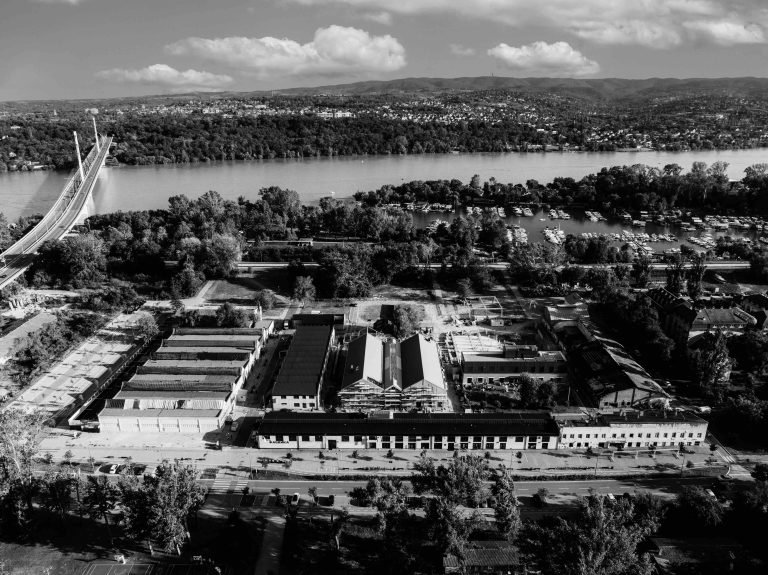The Neolithic in these areas will be ‘told’ by the archeological exhibition ‘A Neolithic Night’s Dream’, which will be opened in the Museum of Vojvodina on 15 July as part of the Fortress of Peace programme arch, in partnership with the National Museum in Belgrade. The authors of the exhibition are Lidija Balj, MA from the Museum of Vojvodina and Andrej Starović from the National Museum. The exhibition will present the rich archaeological heritage of our country from the Neolithic, and is an ideal opportunity to get acquainted with the period of the Younger Stone Age, which roughly covers the period from 6200 to 4500 BC. This is the period when the Starčevo community, with the first Neolithic culture on the territory of Serbia (roughly 6200-5400 BC) and the Vinča community, which developed here in the period from 5300 to 4500 BC, represent the peak of the Neolithic period. After that, it disintegrated and the Neolithic way of life disappeared.
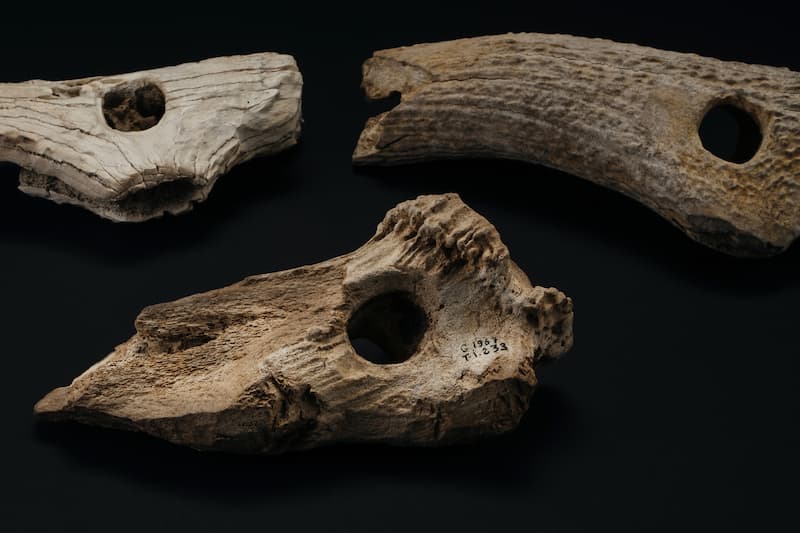
The Exhibition as a Treasure of Inestimable Value
According to the authors of ‘A Neolithic Night’s Dream’, the last major exhibition about the Neolithic in our country was implemented at the end of the sixties of the last century. Discoveries of new localities, application of modern examination techniques, genetic and forensic research, numerous new objects of extraordinary beauty, have improved, but also changed our knowledge about the life of people from this period of prehistory. This is precisely why ‘A Neolithic Night’s Dream’ is implemented. The exhibition will show the most important objects of Starčevo and Vinča culture from the Museum of Vojvodina and the National Museum, but also from the collections of the Faculty of Philosophy in Belgrade, the Museum of the City of Belgrade, the Homeland Museum in Jagodina, the National Museum in Smederevska Palanka, the Museum of Mining and Metallurgy in Bor and the Petnica Research Station. During the three months of the exhibition, the Museum of Vojvodina will present a treasure of inestimable value, collected in our country over more than a century.
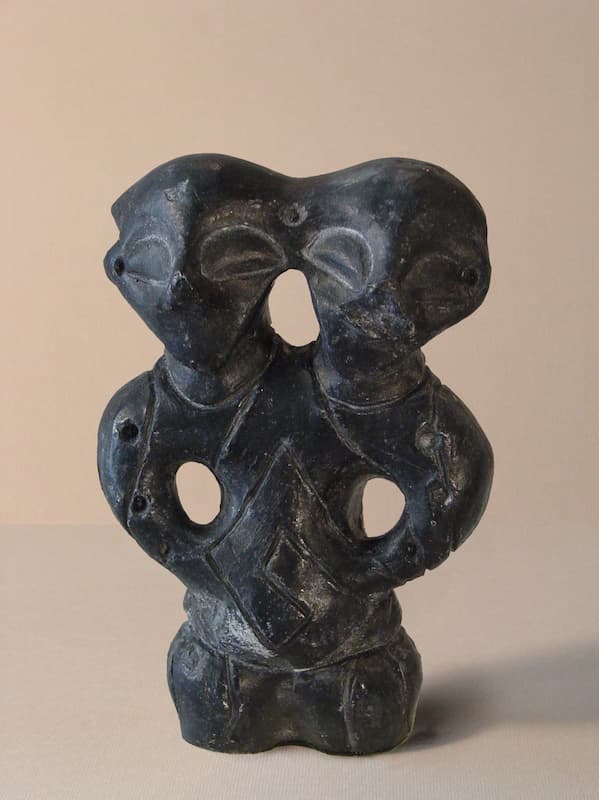
‘The central part of the exhibition will aim to introduce the audience to the basic changes that occurred during the Neolithic,’ the authors of the exhibition explain, adding that we will have the opportunity to see how people lived before the Neolithic, and how Neolithic innovations: cultivation of grains, the transition to living in permanent settlements, the taming of animals and the beginning of the use of ceramics, completely changed the previous way of life and established the foundations of modern life. ‘In addition to this, the main part of the exhibition will show the audience some of the most significant artifacts of the Neolithic period on our territory, many of which belong to the priceless artistic heritage, which will tell the story of the diverse life of the Neolithic people.’
‘A Neolithic Night’s Dream’ exhibition, in addition to displaying Neolithic findings, will also show visitors how they were found. Thus, in the scientific part of the exhibition, the latest results of scientific research will be presented, which were achieved thanks to the great progress in the development of science – in order that visitors can get to know the different methods that archaeologists use to reveal the ancient past.
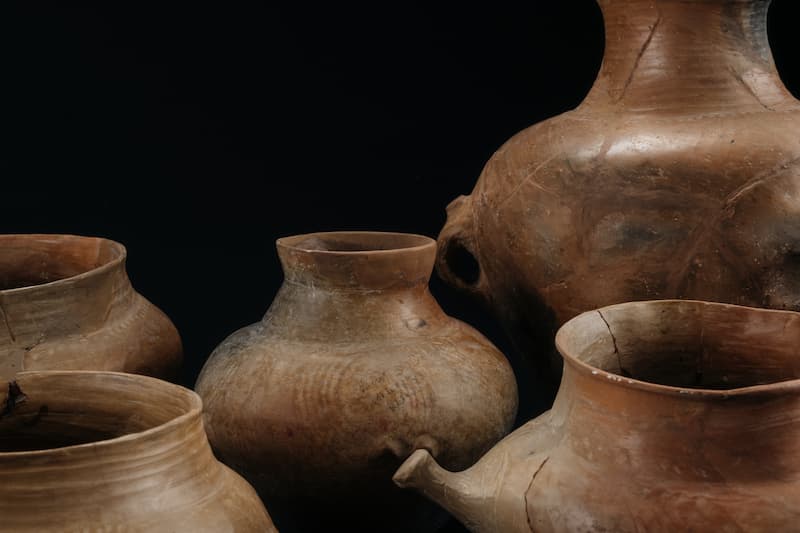
‘Among other things, a completely realistic model of the head of a resident of Lepenski Vir from 10,000 years ago will be shown, as well as his computer-animated face with the help of cutting MetaHuman technology,’ emphasize Lidija Balj, MA and Andrej Starović. These two visualizations attracted extraordinary attention at the World Exhibition ‘Dubai Expo’.
A Turning Point in the Development of Humanity
Our interlocutors point out that the Neolithic, the younger Stone Age, was a turning point in the development of humanity as we know it today. Namely, Southeastern Europe (especially its area of the Eastern and Central Balkans), as they explain, represented a hub where newly arrived farmers and natives, who were engaged in hunting and fishing, met. It is for this reason, they believe, that A Neolithic Night’s Dream focuses on the processes that took place during the Neolithic and that fundamentally changed the way of life in Europe, creating its new cultural identity.
‘Communities of newly arrived farmers from the Middle East brought innovations in the form of grains and the knowledge of their cultivation, domesticated animals, living in permanent settlements near fertile fields, the first pottery and the new technology of stone tool making. Thanks to these innovations, the quality of life improved significantly and there was an incredible increase in the population. Settlements were expanding more and more and their number increased. There was a development of various crafts that eventually reach the highest artistic levels, and the exchange and trade of exclusive raw materials took place continuously with the inhabitants of remote areas. Good relations with the bearers of neighbouring Neolithic cultures are also characteristic of this time, which, among other things, is reflected in the mixed marriages.’
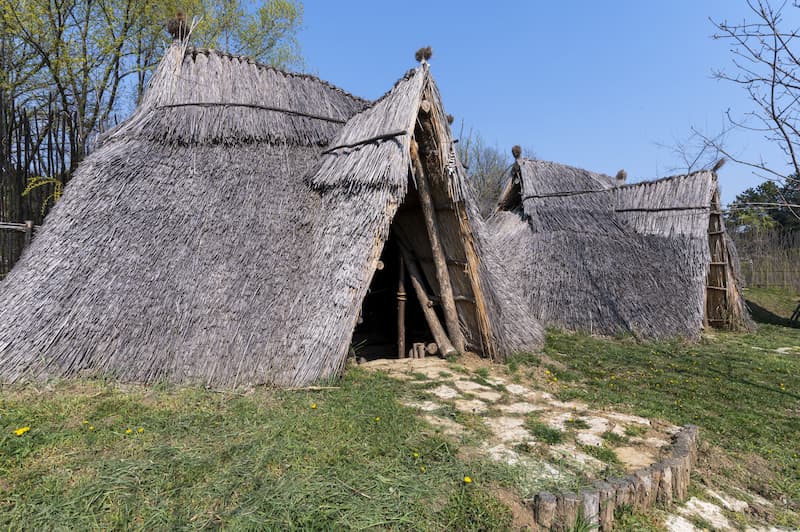
A Period of Peace and Prosperity
This historical period is considered a period during which there are no recorded wars and, in general, it represented a period of flourishing of human communities. After the end of this period, the further development of cultures was largely marked by mutual conflicts, and often by cruel fights and long and bloody wars. ‘The entire history of Europe is full of such periods, so from today’s perspective, the Neolithic, which lasted longer than one and a half millennia, can be considered a period of utopia, when people lived in harmony with the natural environment and themselves, with peaceful coexistence and cooperation with neighbours and the continuous development of the economy, art and craftsmanship’ – emphasize the authors.
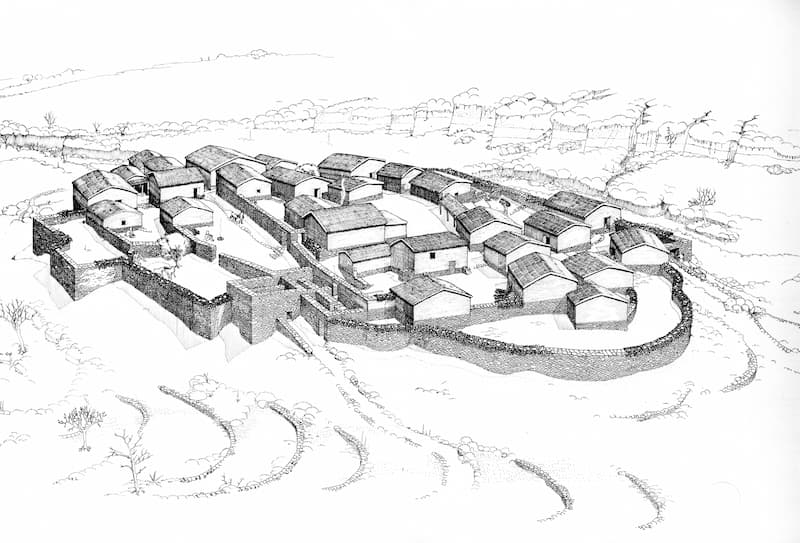
Visit the Exhibition During the Day… or in the Evening?
The exciting story of the Neolithic way of life will be presented through the day and night ‘mode’ of the installation. Therefore, during the day the emphasis will be on people’s everyday life, while in the evening the focus will be on spirituality and mythological phenomena about life and death. Thus, in the Ceremonial Hall of the Museum of Vojvodina, where the main part of the exhibition will be set, two different experiences of the exhibition will await you, depending on the time of your visit to the museum. By purchasing one ticket, you will be able to visit both the daytime and nightime exhibits.
The exhibition will last from 15 July to 15 October, thus do not miss to visit the exhibition on Neolithic in the European Capital of Culture year. The exhibition is set for the first time in Serbia after 1968, and answers the questions we ask when we think about the ‘Fortress of Peace’, while forgetting to look far into the past.
Author: Tihana Smiljanić
Photo: Promo/EPK


